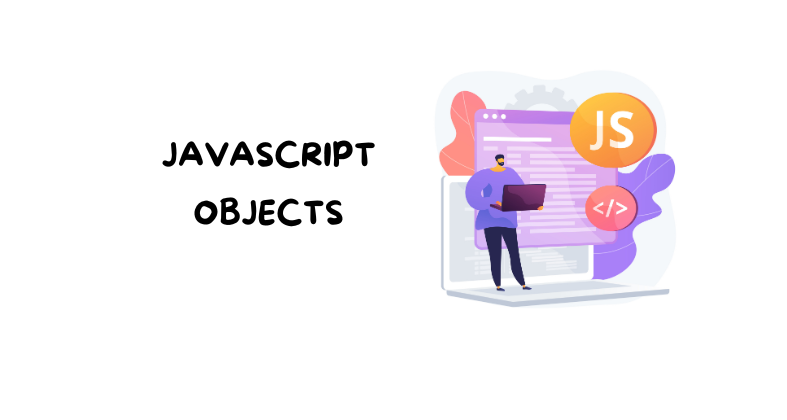Understanding Objects in JavaScript
 Kashish Oza
Kashish Oza
Welcome to the world of JavaScript! If you're just starting your journey into web development or programming in general, understanding objects is a crucial step. Objects in JavaScript are fundamental building blocks that allow you to organize and manipulate data in a meaningful way. In this beginner-friendly blog post, we'll explore what objects are, how to create them, and some basic operations you can perform with them.
What are Objects in JavaScript? 🧩
In JavaScript, an object is a collection of key-value pairs, where each key is a string (also called a property name), and each value can be of any data type: a string, a number, a boolean, another object, or even a function. This flexibility is what makes objects so powerful and versatile.
Creating Objects 🛠️
There are a several methods to create objects in JavaScript. Here are some of the most common methods:
Object Literals
Constructor Function
Let's start with the most common method using object literals:
// Creating an object using object literal syntax
let person = {
name: "John Doe",
age: 30,
isStudent: true,
hobbies: ["reading", "coding", "playing guitar"],
greet: function() {
console.log("Hello!");
}
};
In this example, person is an object with four properties (name, age, isStudent, hobbies) and one method (greet). Notice how we define properties and methods inside curly braces {}.
Accessing Object Properties 🗝️
You can access object properties using two methods.
Dot notation ( . )
Bracket Notation [ ]
Here's how you can access object properties using both methods:
1.Dot Notation :- (objectName.propertyName)
const person = {
name: 'John',
age: 30,
city: 'New York'
};
console.log(person.name); // Output: John
console.log(person.age); // Output: 30
console.log(person.city); // Output: New York
2. Bracket Notation :- (objectName[propertyName])
const person = {
name: 'John',
age: 30,
city: 'New York'
};
console.log(person['name']); // Output: John
console.log(person['age']); // Output: 30
console.log(person['city']); // Output: New York
Adding and Modifying Properties 🔄
Objects in JavaScript are mutable, which means you can add new properties or modify existing ones easily using assignment operator ( = ):
// Adding a new property
person.city = "New York";
// Modifying an existing property
person.age = 32;
console.log(person.city); // Output: New York
console.log(person.age); // Output: 32
Object Methods 🎯
As mentioned earlier, objects can also have methods, which are simply functions stored as object properties. You can define and use methods like this:
// Defining a method
person.sayHello = function() {
console.log(`Hello, my name is ${this.name}.`);
};
// Calling the method
person.sayHello(); // Output: Hello, my name is John Doe.
Inside the method, this refers to the object itself (person in this case), allowing you to access its properties within the method.
Object Iteration 🔍
You can loop through an object's properties using for...in loop:
// Iterating over object properties
for (let key in person) {
console.log(`${key}: ${person[key]}`);
}
This loop will log each property name and its corresponding value in the person object.
Conclusion 🎉
Objects are a fundamental part of JavaScript and are used extensively in web development for organizing and managing data. By understanding how to create, access, modify, and iterate over objects, you've taken a significant step toward becoming proficient in JavaScript programming.
Keep practicing and exploring different aspects of JavaScript to deepen your understanding and enhance your skills. Happy coding! 🌟
Subscribe to my newsletter
Read articles from Kashish Oza directly inside your inbox. Subscribe to the newsletter, and don't miss out.
Written by
